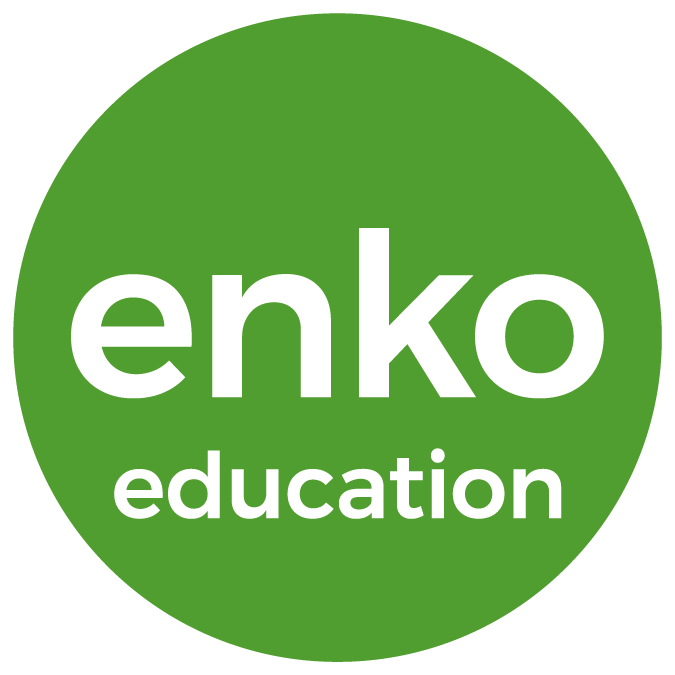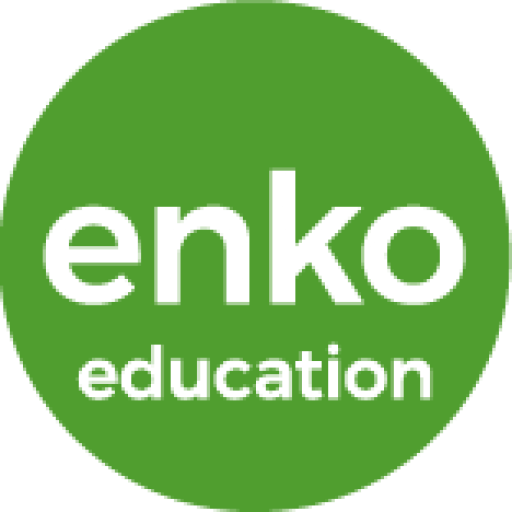For-profit school chains educate Africa’s poor
It’s a few minutes into Marion Akinyi Onginjo’s social studies lesson at Bridge International Academy Gicagi in Nairobi and the class 4 teacher is being drowned out by loud cheers next door.
Class 4 finally gets its chance to make some noise when one student, Margaret, correctly answers a question about subsistence crops. After Onginjo tells the class, “let’s give Margaret the cowboy cheer,” they stand up, spin imaginary lassoes in the girl’s direction and yell, “One, two, three, four, five, yee-hah.”
Like the rollercoaster cheer, the parapanda cheer (from the Swahili word for trumpet) and the carrot and grater cheer, it’s one of the ways teachers at Bridge, Africa’s largest chain of low-cost private schools, keep students engaged, innovation manager George Brackin explains. “The kids love that,” he says.
Since opening its first school in Nairobi in 2009, Bridge has enrolled over 100,000 students in Kenya and, if it succeeds in taking its brand of affordable private education to some of the world’s poorest countries, millions of schoolchildren in Africa and Asia could soon be imitating cowboys.
The for-profit company, whose schools charge tuition fees averaging $6 a month, will open its first academies in Nigeria and Uganda next year and plans to enter India by 2016. Its goal is to educate 1m nursery and primary-age children by 2017 and 10m by 2025.
While private schools are growing exponentially in the slums of many African cities as families living on $2 a day or less opt out of government schools, the emergence of chains like Bridge, which can drive down costs through economies of scale, has encouraged investors to enter the low-cost education sector. Low-fee private schools in sub-Saharan Africa make up a virtually untapped $14.5bn market, according to Bridge co-founder Shannon May, an estimate based on what poor parents are already paying for nursery or primary education without branded providers.
Bridge’s backers include Bill Gates, JP Morgan, Omidyar Network, CDC of the UK and the IFC, the World Bank’s private sector arm. The company has also attracted venture capital firms New Enterprise Associates (NEA), Khosla Ventures and Learn Capital, in which Pearson, owner of the Financial Times, is a limited partner. Pearson’s $15m Affordable Learning Fund is also an investor in Omega Schools, a low-cost chain in Ghana with 38 schools and over 20,000 students.
The investors believe low-fee private providers, along with government schools, can help increase access to and improve the quality of education in developing countries, where an estimated 130m children are in school but not learning the basics. In African countries like Nigeria, Niger and Ghana, around 75 per cent of children who leave school after five or six years are unable to read a sentence, according to Unesco’s latest Education for All report.
“The addressable market for this company is almost infinite,” says Harry Weller, who led NEA’s investment into Bridge. “If you’re able to deliver education of a high quality at this cost it’s a big market.”
But even if successful, Bridge will still be out of reach to the very poor, some argue. Chris Khaemba, who is in charge of education at Nairobi City County, said the majority of residents in Nairobi’s informal settlements cannot afford Bridge’s fees. “It targets the high end of the slum dwellers, but there’s a significant socio-economic group that they will not get,” he says. “They are a for-profit company. There are shareholders who expect a return. You don’t do that for slum-dwellers in Africa.”
There could also be obstacles to Bridge’s ambitions to operate in what has traditionally been the domain of governments. School chains may be viewed as a threat to public school systems once they reach a certain size, says Karan Khemka, head of international education at the Parthenon Group, adding that one chain in Bangladesh came under greater government scrutiny once it hit 300,000 students and was unable to grow further.
“The reality is that once you get very big the political interest becomes too great,” he says. “You can’t predict these things with certainty but nobody has hit 1m in the past and the reason is, it usually becomes too political having those many kids in one system.”
Bridge’s founders say they always planned for scale. The company needs a large customer base to enable it to amortise the cost of its investments in technology, curriculum development and teacher training, allowing it to keep fees low, says May, who founded Bridge with her husband Jay Kimmelman. “The plan was always that we would have to be educating hundreds of thousands of children – eventually more than a million – or else the business model doesn’t work.”
As in other low-cost schools, Bridge’s teachers are high school graduates who live in the local community, making them cheaper than government-trained teachers. They are given tablets that contain scripted lessons written by its curriculum specialists to be read word for word. That way, Bridge says, teachers can deliver lessons they would never have been able to come up with by themselves.
Lilian Wacheke Thuo, a parent, says Bridge provides a better quality education than public schools, where teachers sometimes fail to turn up. “There’s a lot of congestion in public schools. You find in a class there are almost 100 pupils,” says Thuo, whose 11-year-old son Ignatius attends a Bridge school in the Nairobi slum of Kawangware. “It’s very hard for a teacher to know what each and every child is doing.”
Ghana’s Omega, which opened its first two schools in 2009 and filled them within a week, also hires local teachers with a high school diploma. It gives them lesson plans but decided against scripted lessons to allow flexibility, says co-founder and former CEO Ken Donkoh.
The chain, which plans to double the number of its schools within a year, charges a daily fee of around $0.65 that includes tuition, lunch and uniforms, which parents pay through vouchers sold in their neighbourhoods, a concept borrowed from telecoms companies.
“We like to say it’s a pay-as-you-learn model,” says Donkoh, who started Omega with his wife, Lisa, and James Tooley, a professor of education policy at Newcastle University. “It’s more convenient to the poor because they plan on a daily basis. The poor don’t want a monthly contract. They want to pay for the service as they enjoy it.”
While Omega became profitable in 2011, Bridge is profitable at the school level and expects to reach overall profitability by 2016 or 2017 depending on the speed of its expansion.
Donkoh plans to enter the Nigerian market next year independently of Omega and will partner with about 100 existing low-cost private schools to build a chain. Bridge will start its schools there from scratch.
“We don’t want to put mom and pop schools out of business,” says Donkoh. “Some of them have been around for 10, 20 years. We’re working with them, bringing our own expertise to improve learning outcomes.”
In the next five years, Donkoh aims to work with over 2,000 schools in Nigeria reaching half a million children. Source: FT



